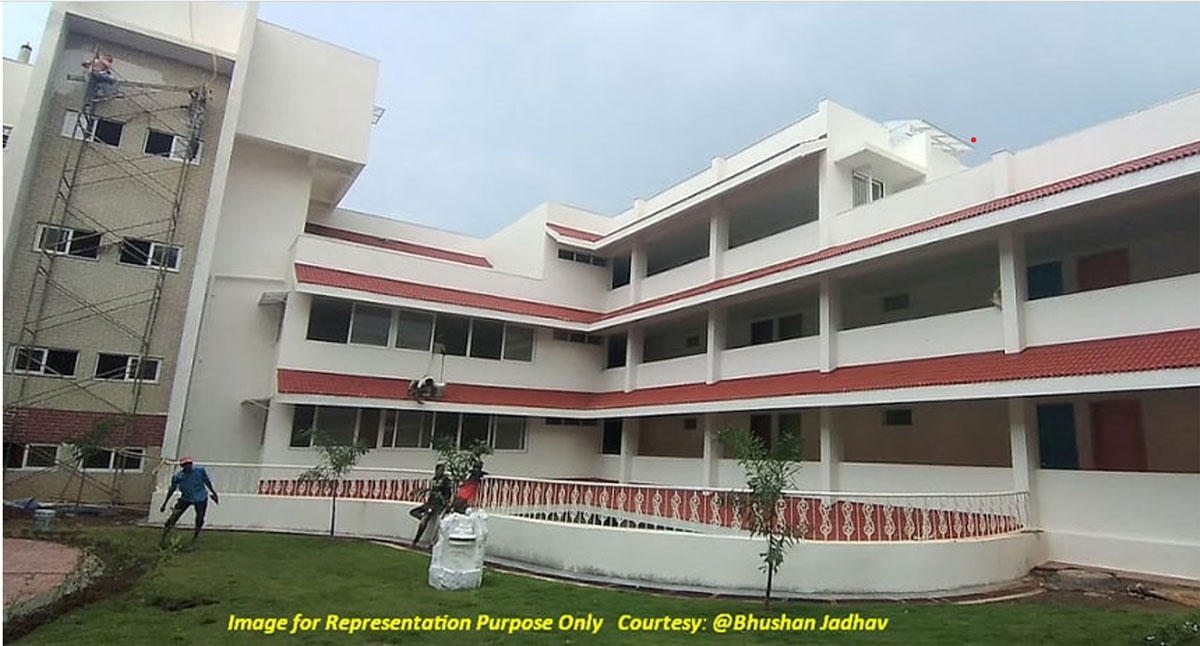Moneylife Impact: Maharashtra’s MahaRERA is the First to Regulate Retirement Homes

In a landmark move, the Maharashtra Real Estate Regulatory Authority (MahaRERA) has become India's first and only housing regulatory body to issue detailed regulations for retirement housing projects after model guidelines were issued by Union ministry of housing and urban affairs (MoHUA) in 2019.
On 8 May 2024, MahaRERA issued an order making stringent physical and safety specifications mandatory, with immediate effect, for retirement homes being set up in Maharashtra before advertising their projects.
A primary requirement is that all buildings of more than one floor must be equipped with lifts that can accommodate users requiring assistance, including those using wheelchairs. The internal and external design of these buildings must ensure the free movement of wheelchairs, with sufficiently wide door openings. Additionally, ergonomic furniture specifically designed for senior citizens must be used, featuring lightweight, sturdy and smooth-edged materials. Easy-to-grip door knobs and lever-type handles are also mandated to facilitate ease of use for elderly residents.
The genesis of these regulations on retirement homes can be traced back to a comprehensive study conducted by Moneylife Foundation, which highlighted the urgent need for regulation in the retirement home sector. MoHUA acknowledged the significance of this study in 2019 and released model guidelines to address issues faced by senior citizens in retirement homes.
In February 2024, MahaRERA had issued a circular on draft model guidelines for retirement and senior citizens housing projects and had invited suggestions from all concerned stakeholders. After having received favourable responses and suggestions, the regulations have now been finalised and put into immediate effect.
With the implementation of these regulations, MahaRERA aims to ensure that all senior housing projects in Maharashtra are built to high standards, offering a dignified living experience for senior citizens. This order represents a significant step forward in protecting the rights and well-being of senior citizens in Maharashtra, setting a model for other states to follow.
Other mandatory conditions for retirement homes are:
• Maximum use of non-polluting and renewable energy sources to minimise senior citizens’ exposure to harmful fumes and exhaust. Compliance with green building norms as defined in the model building bylaws is also required to ensure a safe and sustainable living environment.
• Lifts must feature both audio and visual signage and be large enough to accommodate a stretcher and paramedic staff together. Buildings must incorporate ramps throughout to ensure full wheelchair access, promoting inclusivity and ease of movement. Staircases are required to have spacious width, with handrails fitted on both sides. To enhance safety, the regulations specify illuminated strips on stairs and prohibit spiral and open stairs, which pose a higher risk of accidents.
• Corridors must be designed without steps; where level changes are unavoidable, ramps must be provided. Handrails are to be installed along the walls on either side of corridors to support senior citizens’ mobility. Kitchens in these retirement homes must comply with the National Building Code (NBC) standards, featuring natural lighting and ventilation as well as mandatory gas leak detection systems to prevent accidents.
• Bathrooms must be equipped with grab rails, anti-skid tiles and outward-opening doors to allow emergency access. Proper lighting and ventilation are also mandated, with power backup facilities required in each apartment, particularly in bathrooms and kitchens. Common areas, including corridors, lobbies and lifts must be well-lit and have uninterrupted power supply to ensure residents’ safety and comfort.
• Safety and security are paramount, with the order mandating alarm systems with switches in main entry doors, bathrooms, bedrooms and common areas. Security personnel must be properly trained and stationed at key locations, equipped with intercom and basic telephone facilities. CCTV cameras are required to be installed on each floor and in common areas, with regular surveillance monitoring. Emergency fire-fighting services and disaster preparedness measures are also compulsory and emergency contact numbers must be displayed prominently in common areas.

